Santa Fe is a city of many imaginings and aesthetic charms, as rich as a New Mexico sunset. It murmurs from the doorways, vibrates in the air and radiates at every turn. Nestled at the base of the Southern Rockies, Santa Fe’s abundance of history and cultural heft underpins the love-affair the world has with the oldest state capital in the USA. At 7000 feet above sea level, be sure to pace yourself, because as much as Santa Fe proudly sports its storied past, its creative pulse beats strong, constantly enrichening and refreshing its manifold draws.
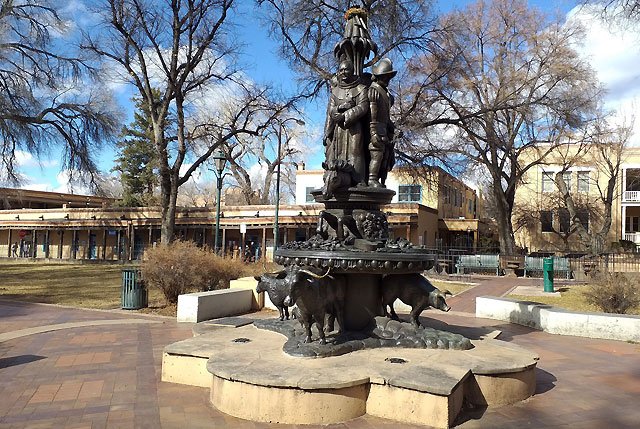
Thousands of years of native American culture is thoughtfully showcased in its museums and art studios, while the Spanish colonial influence is also pervasive, best exemplified by the Palace of the Governors. Established in 1610 as the most northern outpost of the Spanish American Empire, the palace still stands sentinel, gracing the northern end of Santa Fe’s beating heart, the Plaza. Dangling from all of the vintage street lamps surrounding the plaza, strings of chilli, in vivid green, flaming red and the Santa Fe hybrid of Christmas. You’ll soon realise that Santa Fe cannot eat enough of the stuff and strikingly spells chilli differently – chile.
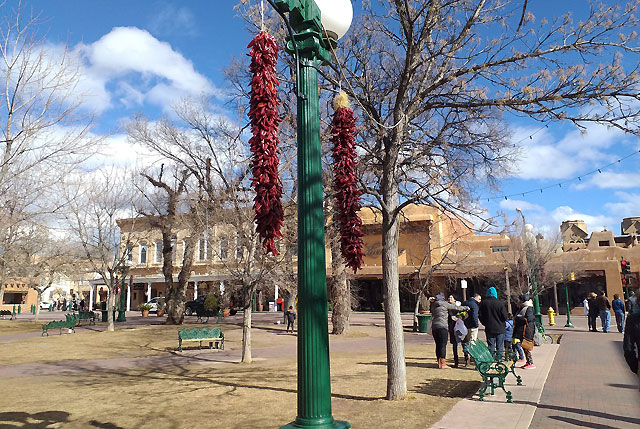
Under the palace’s distinctive portal, registered Native American craftspeople sell authentic artworks, jewellery and pottery, under strict quality controls. No Chinese imitation tat here! It’s an essential stop for shoppers. The palace itself is the oldest continually occupied public building in the USA. It now forms part of the riveting of the New Mexico History Museum, with a sublime collection of exhibits spanning the centuries, from conquistador helmets and native hide paintings to stagecoaches that rode the Santa Fe Trail.
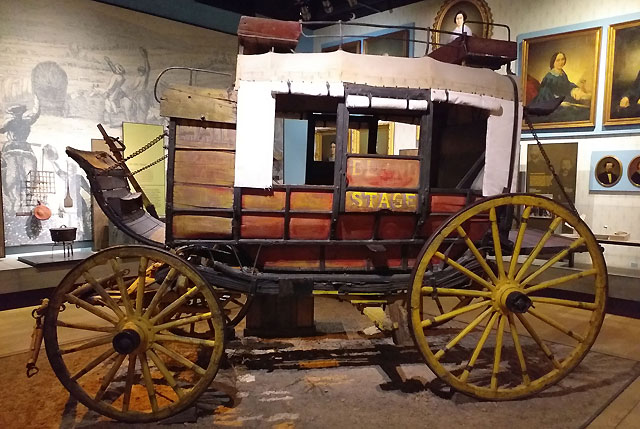
The building itself has served as the seat of government for Spain, Mexico, the Confederacy, and the Territory of New Mexico, prior to admission to the union as the 47th state in 1912. I gained a huge appreciation for the fact that back in 19th century, Santa Fe became the hub of two vital trade routes. The Santa Fe Trail brought Americans westwards from Missouri, interlinking with the El Camino Real or the Chihuahua Trail leading south to Mexico City, and the old Spanish Trail weaving further west to California. The famed Santa Fe railroad was established in 1878, giving rise to explosion in tourism and development of the landmark hotel, La Fonda on the Plaza. https://www.lafondasantafe.com/
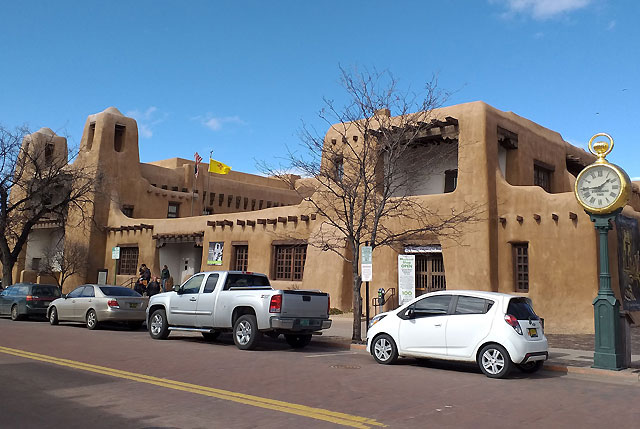
Built in pueblo style, in honour of the Native Americans, Santa Fe set about crafting the town centre with this unified building style. Commonly referred to as adobe architecture or pueblo revival, it is Santa Fe’s greatest calling card. Radiating from the Plaza, the historic heart of Santa Fe brims with these flat-roofed buildings made from sun-baked bricks and ochre stucco. The door surrounds are usually painted blue to scare off evil spirits, so the legend goes. As an effortlessly strollable town, lose yourself in the quant winding streets teeming with boutiques, galleries and eateries.
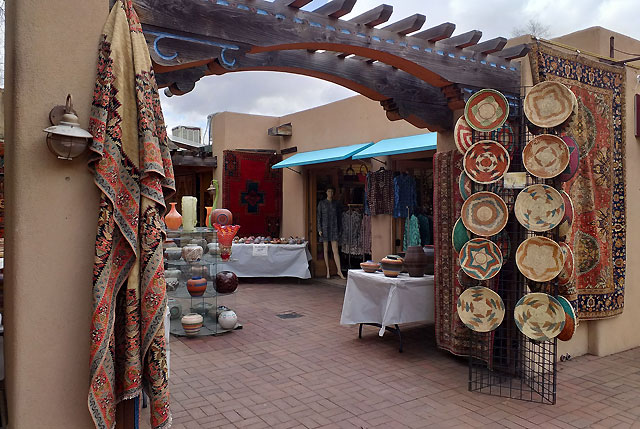
You’ll also want to take a wander down bohemian Canyon Road where artists and adobe-style architects first established themselves a century ago. The street positively groans with well over 100 studios and galleries, like a rolling exhibition. I was visiting Santa Fe in spring, when an unseasonal snow storm struck, draping Canyon Road and the wider city in a wonderland of the white stuff, adding to the magic. The adobe walls looked like they’d been touched up with a coat of frosted sugar.
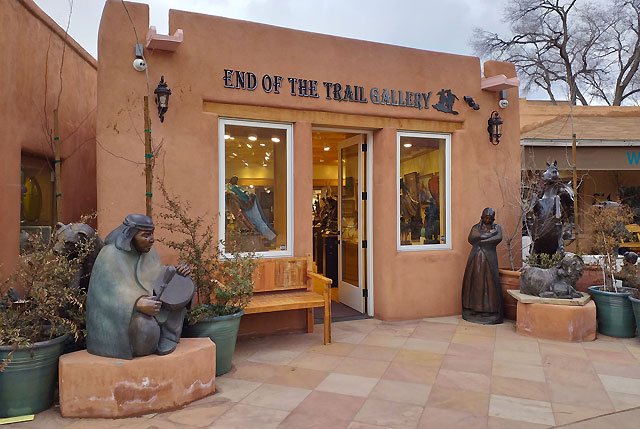
At Christmas time, farolitos (candles in paper bags) are particularly prominent along Canyon Road, illuminating the rooflines and amping up the twinkly glow. Containing one of the highest concentrations of galleries in the world, whether you’re after a bespoke bronze monument, native art piece, jewellery, paintings…you name it. New Mexico’s dramatic landscapes, warm light and adobe architecture have been an enduring magnet for artists. Just as Ansel Adams was a giant of landscape photography, particularly of the American West, Georgia O’Keefe is hailed for her landscape paintings of New Mexico, in modernist style.
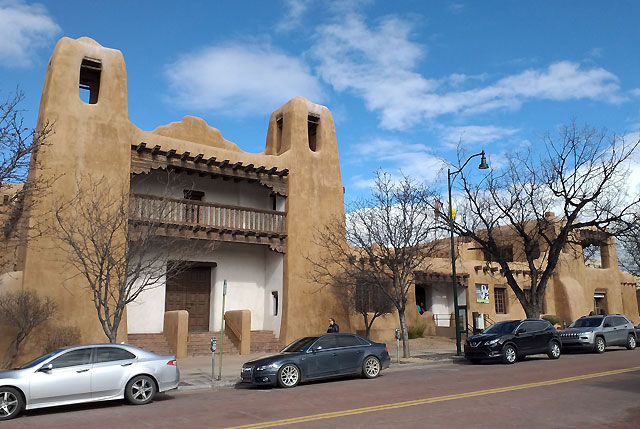
You’re overrun with choices when it comes to museums in Santa Fe, but the Georgia O’Keefe Museum housed in an adobe-style building is a must. If contemporary art is your bag, make a beeline for the Santa Fe Railyard Arts District. When the railroad, blazing a trail to Chicago and LA opened in 1880, it was the world’s longest railway structure. The historic railyard has been transformed into a contemporary art powerhouse, housing a stack of galleries and the international art museum, SITE Santa Fe.
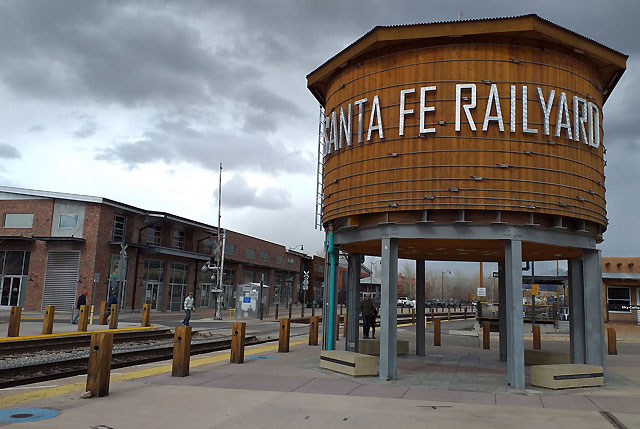
The latest arty innovation in Santa Fe causing enormous buzz is the House of Eternal Return, by art collective Meow Wolf. Funded by Games of Thrones creator, George R. R. Martin, he transformed a former bowling alley into this wildly immersive art experience that involves climbing and crawling through a trippy multiverse of more than 70 unique rooms inside the house. Open just two years, the queues outside this cult attraction billow down the street. I’ve never experienced anything quite like it. When you first walk in, a giant metallic anthropomorphic tree, known as The King’s Mouth, welcomes you inside.
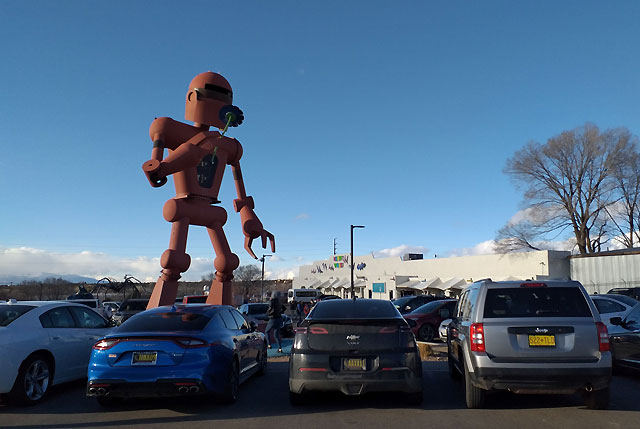
The storytelling is in your hands, depending on how you experience the house. Donning your 3D glasses, you have to decide if you will go into a deceptively innocuous-looking sitting room, up a set of stairs or into the living room fireplace. Yes, inside it. The house is like a living, breathing choose-your-own adventure – you never know what will be down those rabbit holes or inside the fridge door. Behind each hidden door is another room more fabulous and magical than the first. There are lots of places to sit and absorb – whether that be in the trunk of a giant tree or inside a neon-lined, Dutch-inspired windmill. There are treehouses to climb, washing machines to crawl inside of and toilets to look into.
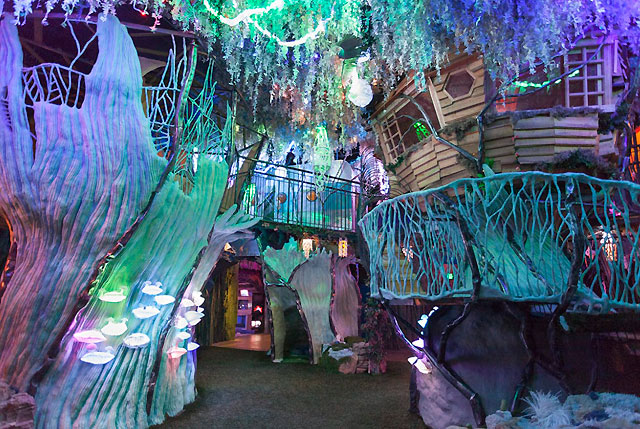
Don’t take anything at Meow Wolf for what it seems. Almost everything inside the exhibit is interactive. Open every door; what looks to be a wardrobe inside a bedroom may actually be a portal into another fantasy world. Hosts in white lab coats are sprinkled throughout to answer any questions and point you towards the nearest bathroom. There are also actors interacting with the exhibit in whimsical ways encouraging others to do the same. Though the surreal exhibit is a riot of eye candy, it can be overstimulating. Meow Wolf allows you to come and go to the exhibit if you need a break.
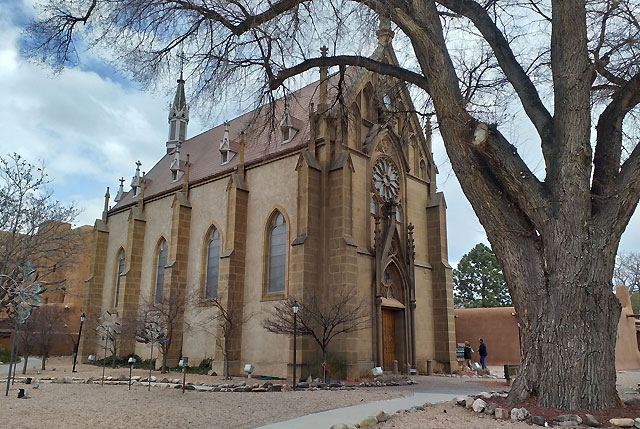
Just minutes from the Plaza, take a wander down the Old Santa Fe Trail to Loretto Chapel. In contrast to the prevailing adobe architecture, this Gothic church, modelled after Sainte-Chapelle in Paris, was built for the Sisters of Loretto in the 1870s. It would have been just another beautiful old church in this religious city if not for what happened near the end its construction. Workers realised there wasn’t space to access the choir loft by a normal staircase—a ladder was the only thing that would fit. So the nuns prayed for nine days to St. Joseph, patron saint of carpenters, for a solution. On the ninth day, as the story goes, a mysterious stranger arrived on a donkey with a toolbox, seeking work.
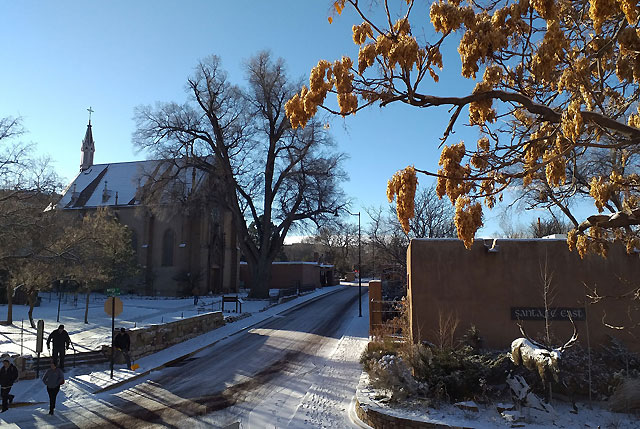
Using only a saw, a square, and water to season the wood, he built a stunning spiral staircase, with two full 360-degree turns and no visible means of support, over the next few months, then disappeared before they could pay him. Was it Joseph himself? Who knows, but the staircase is a marvel of engineering and aesthetics. Even more staggering, it was built using wooden pegs, not nails. Not to be outdone, San Miguel Church is another marvel.
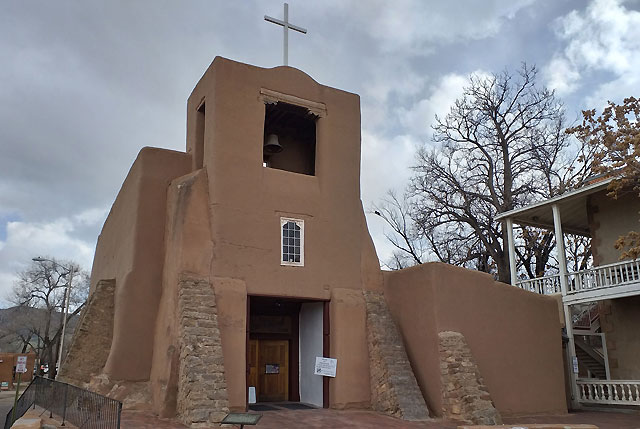
Built in 1610, and reputed to be the oldest church in the USA, this beloved landmark has towering adobe walls, high windows and the church ball was cast in Spain in 1356. The buffalo-hide and deerskin Bible paintings used in 1630 by Franciscan missionaries to teach the Native Americans about Christianity are remarkable.
Also on the church front, the Cathedral of St Francis of Assisi is a grand slice of Europe in New Mexico, a stunning Romanesque-style basilica, commissioned by the French archbishop in the 1850s. The statue of La Conquistadora that was brought to Santa Fe in 1625 still stands in the side chapel.
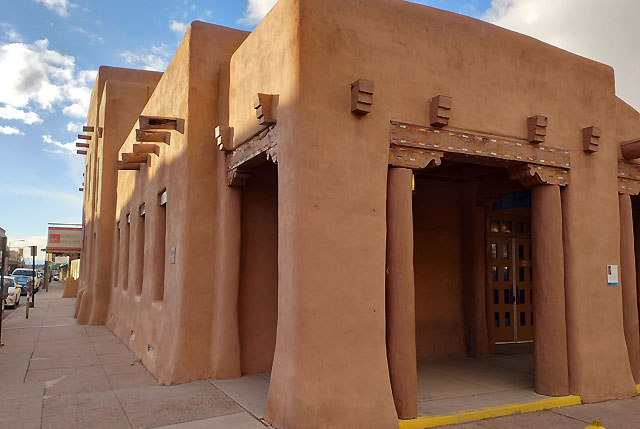
Just beyond town, a plethora of ancient Native American sites are in easy reach – when it’s not snowing. In northern New Mexico’s high desert and bounded by the Sangre de Cristo Mountains, Taos is acclaimed for its ancient multi-story adobe buildings. But the road was closed, due to the snow. Instead I headed south to Bandelier National Monument to ogle the ancient cliff dwellings and petroglyphs, that reach back thousands of years, within the scenic grandeur of the sheer-walled canyons or mesas. You can enter the cliff dwellings by climbing a series of wooden ladders, adding to the intrigue and sense of adventure, as you marvel over the rock paintings. The mystique burns bright in New Mexico.
Routinely lauded as one of the USA’s finest destinations, if you’re planning a visit to this New Mexico treasure-chest, check-in on the official visitor website. https://santafe.org/

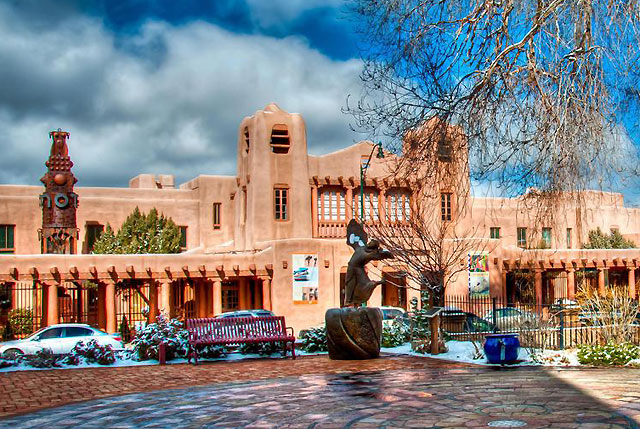
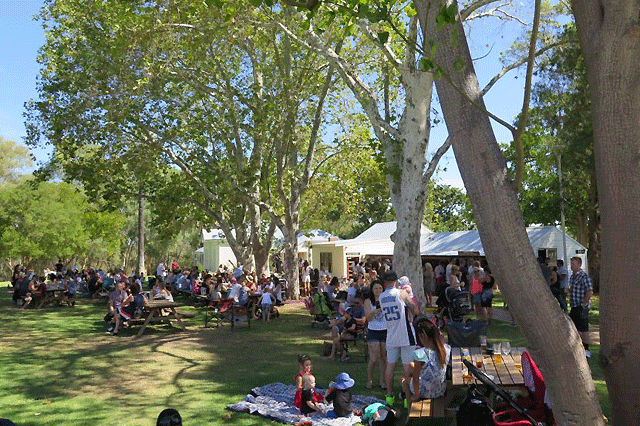
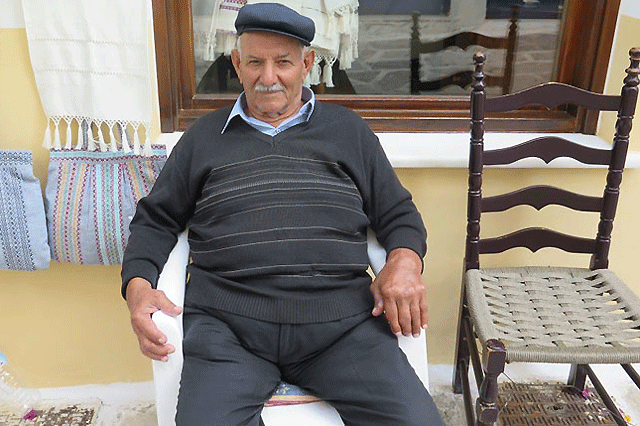
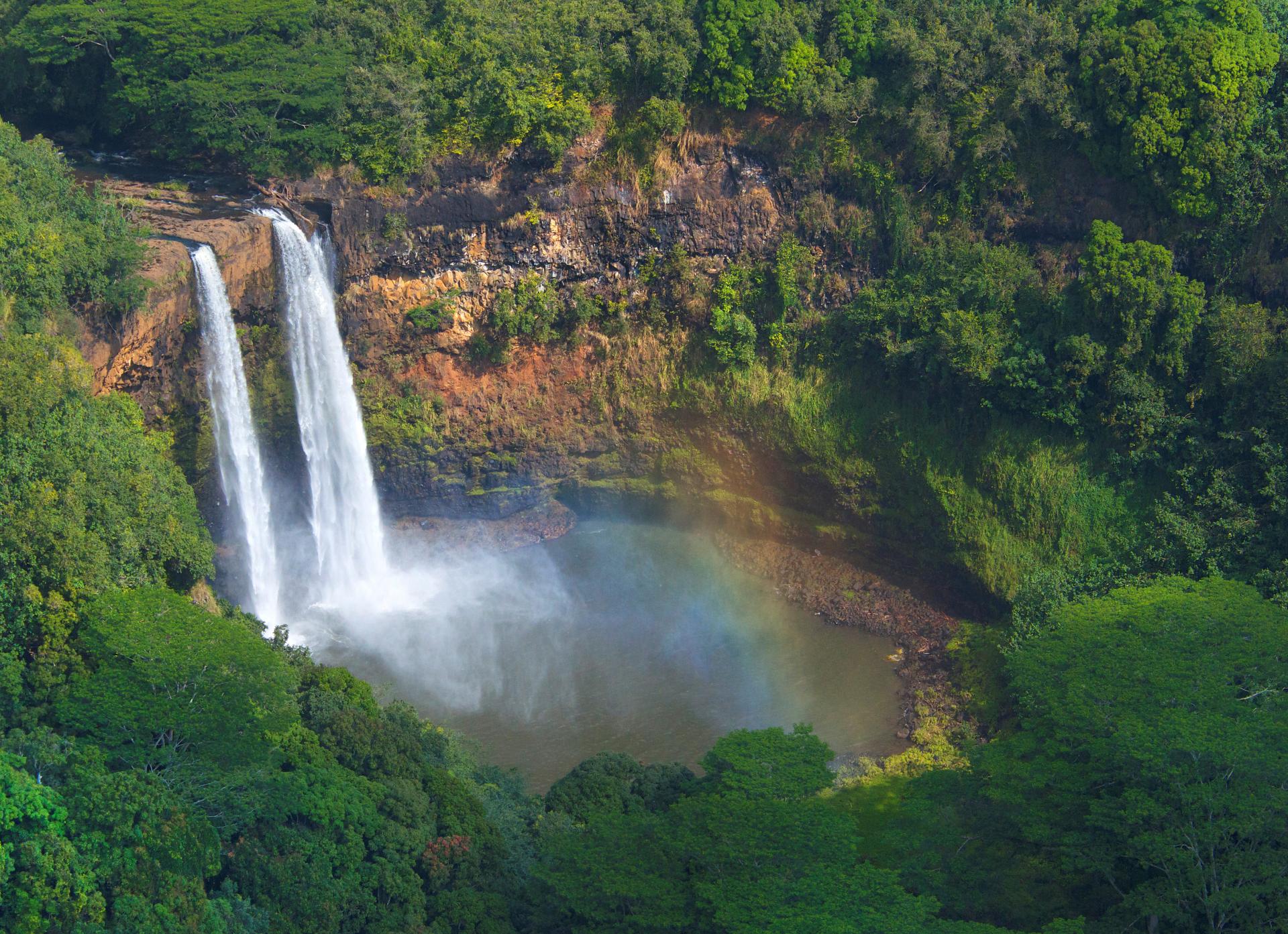
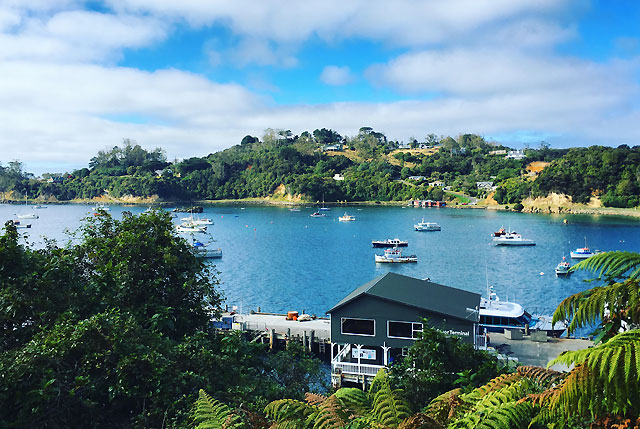

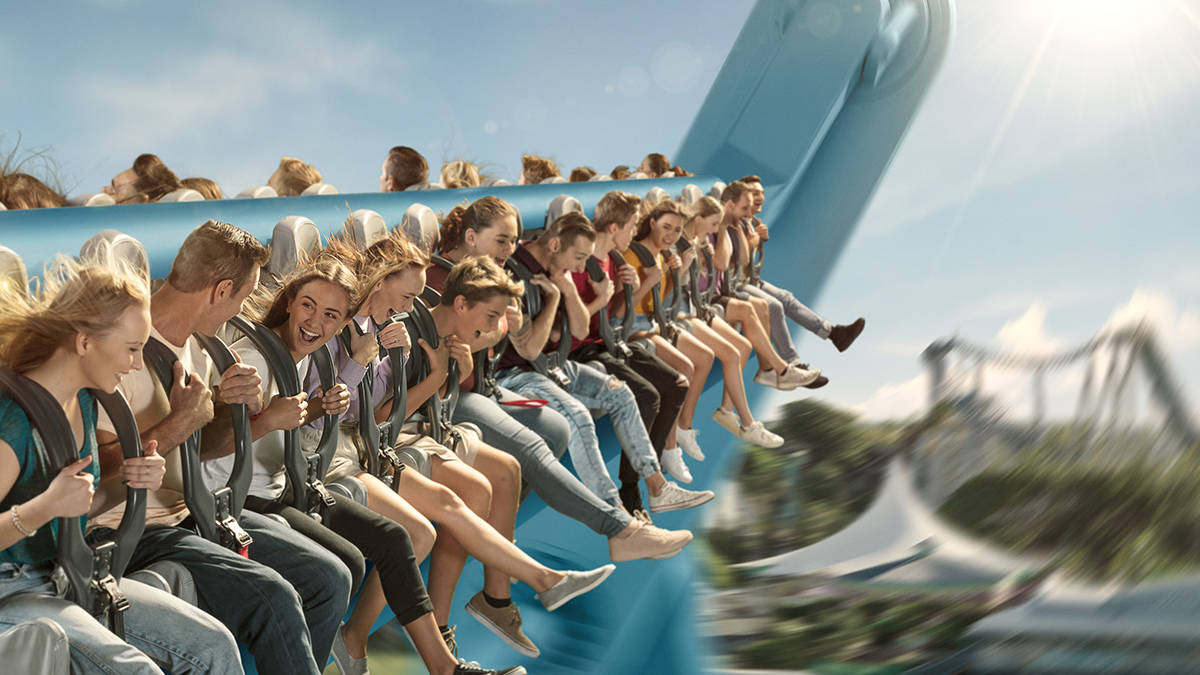
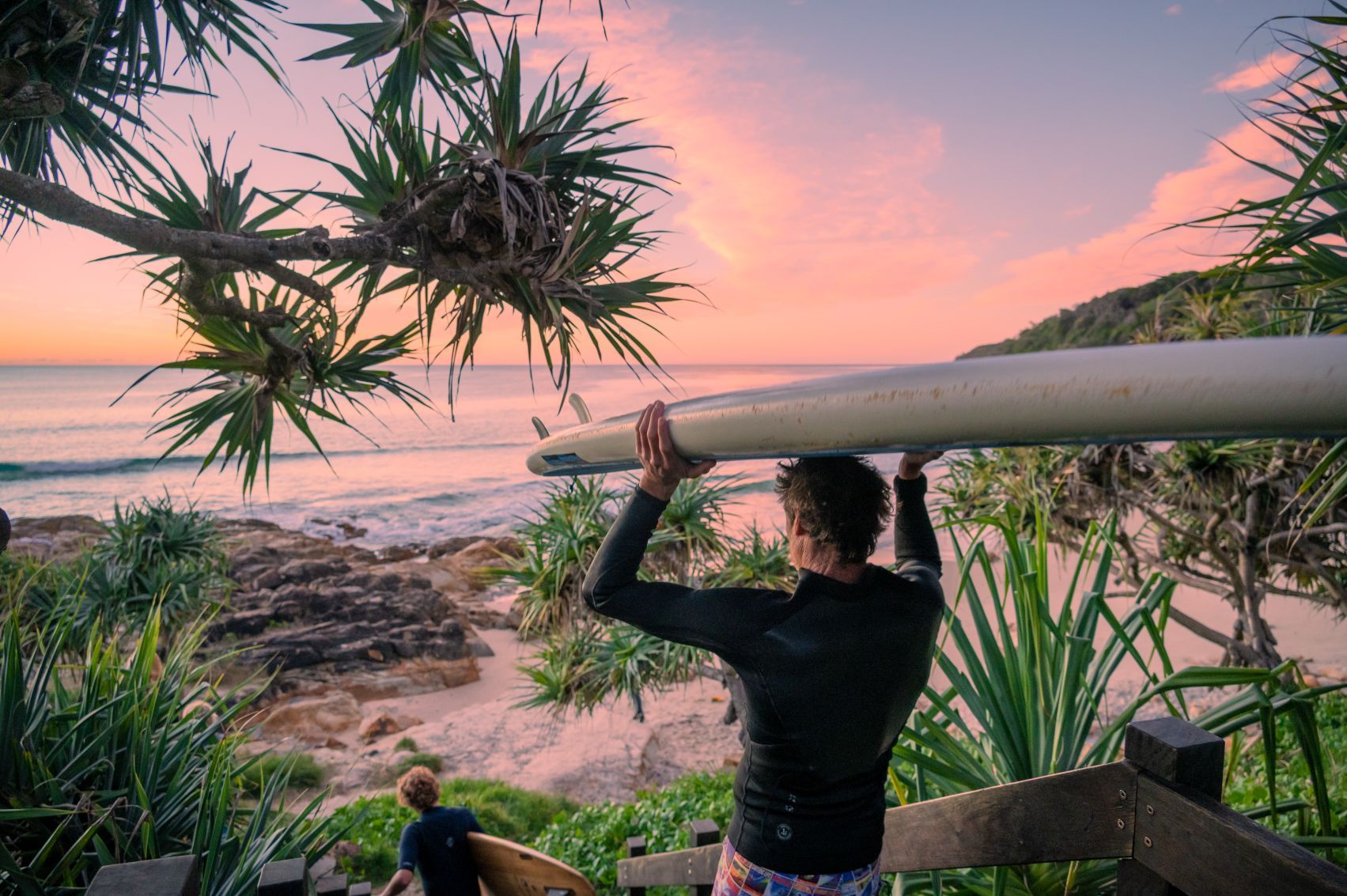
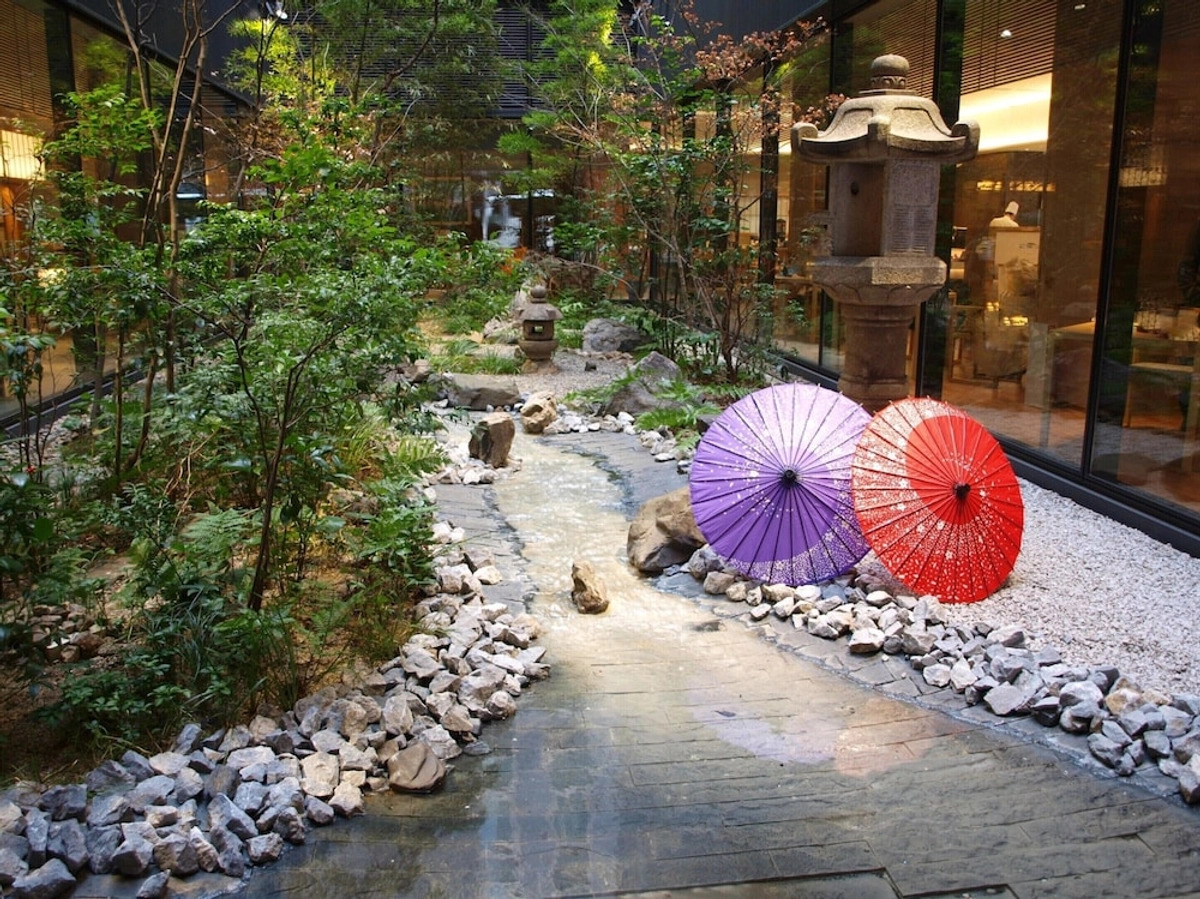



Recent Comments